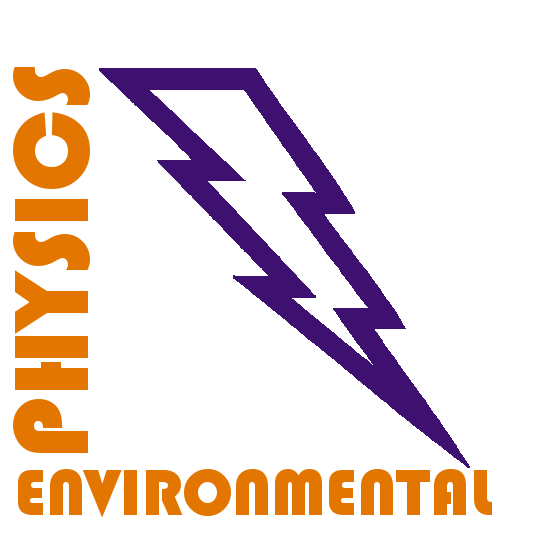Interaction of DC Corona discharge with water electrospray
Machala Z., Pongrác B., Martišovitš V., Janda M., Hensel K.
COST TD1208 Electrical Discharges with Liquids for Future Applications, 2nd Annual meeting, Barcelona, Spain, 23-26 Feb, p. 27 (2015)
požiadaj o kópiu
|
|
Abstrakt: Decontamination of water polluted with organic and microbial pollutants, and biomedical effects on cells mediated through aqueous solutions can be efficiently achieved by using various non-thermal plasma discharges. These effects can be further enhanced when air discharges are combined with water electrospray. The presence of the electrical discharge generating non-thermal plasma in the spraying area allows for very efficient mass transfer of plasma-generated species into the water [1-3].
We investigated the effect of the electrospraying of water in combination with positive DC corona discharge in atmospheric air. Our key finding is that the discharge has a significant effect on the electrospray behavior and vice versa. The appearance of the corona on the water filament tip is primarily the electric field effect due to the various curvatures of this water filament tip. Water conductivity and volume flow rate are very important parameters determining the electrospraying mode and its interaction with the discharge. [1-2]
The water electrospray-air discharge system was demonstrated to be very efficient in inducing bactericidal and various chemical effects in the treated water, most likely due to efficient mass transfer of reactive oxygen and nitrogen species into micrometric water droplets with very high surface to volume ratio [3-5].
Acknowledgement
This work was supported by Slovak Research and Development Agency APVV-0134-12 and APVV SK-RO-0024-12, and Slovak grant agency VEGA 1/0998/12. We thank our partner H.-H. Kim (AIST Tsukuba, Japan) for sharing his advanced imaging instrumentation and expertise.
[1] Pongrác B, Kim H H, Janda M, Martišovitš V, and Machala Z 2014 J. Phys. D: Appl. Phys. 43 315202.
[2] Pongrác B, Kim H H, Negishi N, and Machala Z 2014 Eur. Phys. J. D 68 224.
[3] Machala Z, Tarabová B, Hensel K, Špetlíková E, Šikurová L, and Lukeš P 2013 Plasma Process. Polym. 10 649.
[4] Kovaľová Z, Tarabová K, Hensel K, and Machala Z 2013 Eur. Phys. J. Appl. Phys. 61 24306.
[5] Machala Z, Chládeková L, and Pelach M 2010 J. Phys. D: Appl. Phys. 43 222001.
|

